One of the most fascinating and engaging topics to explore with young children in Preschool are about trees.
Teaching preschoolers about trees not only promotes an understanding of the environment but also encourages critical thinking skills, creativity, and physical activity.
In this article, we’ll explore tree activities for preschoolers that are engaging, age-appropriate, and promote learning.
Tree Identification Walk:
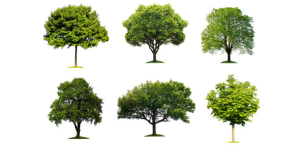
Take the class on a walk around the school or local park and identify different types of trees. Encourage students to use their senses to observe the trees and note the differences in their leaves, bark, and branches.
Tree Role Play
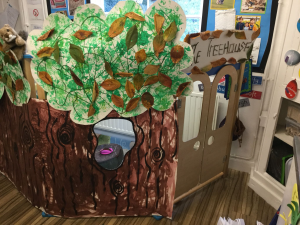
Create a pretend play area where children can dress up as animals that live in trees, such as squirrels or birds. Provide them with materials such as cardboard boxes to create their own tree nests. This activity helps children learn about the different types of animals that rely on trees for their habitat.
Tree Puzzle
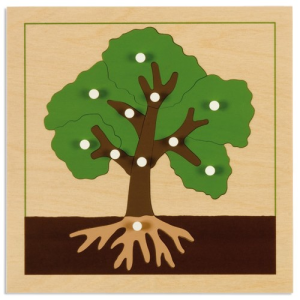
Print out pictures of different trees and glue them onto cardboard. Then, cut the cardboard into puzzle pieces and have the children put the puzzle back together. This activity can help children learn to recognize different types of trees and improve their problem-solving skills.
Seed Planting
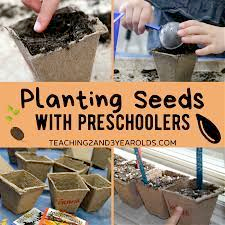
Teach children about the life cycle of a tree by having them plant their own tree seeds. You can use seeds from fruit trees or acorns from oak trees. Provide each child with a small pot, soil, and a seed. Have the children plant the seed, water it, and watch it grow. This activity teaches children about the importance of trees and helps them develop an appreciation for nature.
Leaf Rubbings:
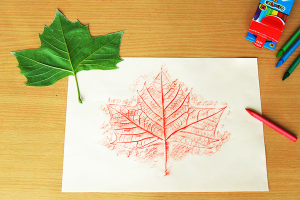
This activity is a fun way to teach children about the different shapes and textures of leaves. Collect different leaves of different shapes and sizes and place them under a piece of white paper. Then, using crayons or colored pencils, have the children rub the paper over the leaves. This will create an imprint of the leaf’s shape and texture, and the children can then color in the imprints.
Related: 25 Cool Leaf Activities for Preschoolers
Sensory Bins:
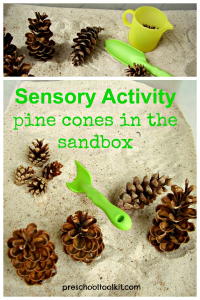
Create a sensory bin filled with different items related to trees such as bark, leaves, acorns, and pine-cones. Encourage the children to explore the different textures and colors and use them in a creative way, such as building a mini forest.
Related: 22 Exciting Sensory Bottle Activities for Preschoolers
Tree Rings:
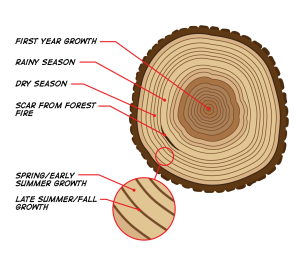
Cut out circles from brown construction paper and have students draw or paint tree rings on them to represent the age of a tree.
Tree Collage:
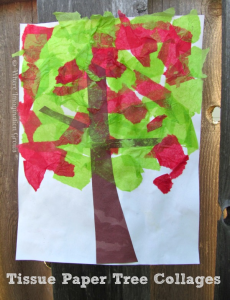
Provide students with a variety of materials such as tissue paper, yarn, and construction paper to create a tree collage.
Tree Ring Stamps
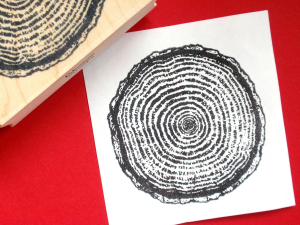
Using a tree stump or wooden block, have the children make their own tree ring stamp. Encourage them to paint the stamp with different colors and create their own tree ring patterns. This activity helps children learn about the different patterns and textures of tree rings.
Apple Tree Craft:
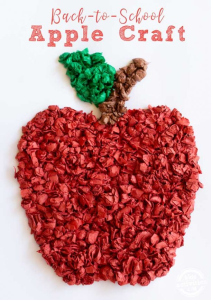
Have students make an apple tree craft by cutting out a tree trunk and branches from brown construction paper, and adding red tissue paper circles as apples.
Related: 22 Easy Indoor Crafts for 2 Year Olds
Tree Memory Game:
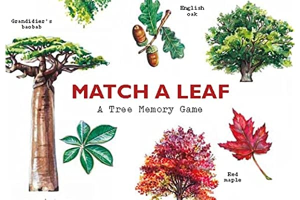
Create a memory game with pictures of different trees, leaves, and seeds.
Tree Life Cycle:
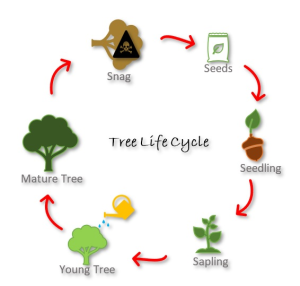
Discuss the life cycle of a tree and have students sequence pictures of the different stages.
Leaf Sorting:
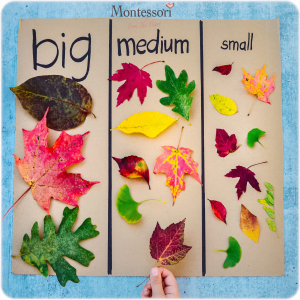
Collect a variety of leaves and have students sort them by color, shape, and size.
Build a Tree Fort:
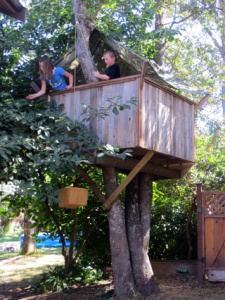
Using blocks, sticks, and other materials, have students work together to build a tree fort.
Tree Math:
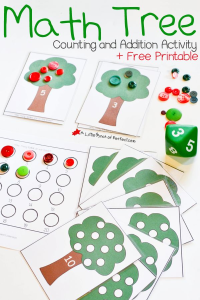
Use tree-themed manipulatives such as acorns, leaves, and pine cones to teach counting, sorting, and patterning.
Tree Books:
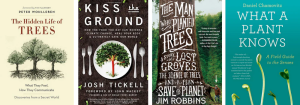
Read books about trees and discuss the different types of trees and their importance.
Tree Tracing:
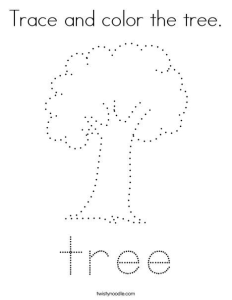
On a sunny day, take the children outside to trace the shadows of trees with sidewalk chalk. Encourage them to notice how the shadows change over time as the sun moves. This activity helps children understand the concept of shadows and enhance tracing skills.
Tree Songs:
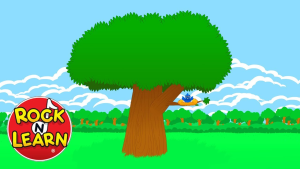
Sing songs about trees such as “The Green Grass Grew All Around” and “I’m a Little Acorn”.
Tree Science Experiments:
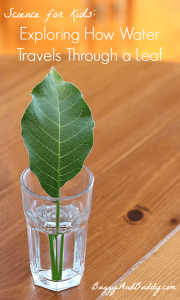
Conduct simple science experiments such as observing how water travels through a tree or planting seeds and watching them grow.
Tree Yoga:

Lead the children through a series of yoga poses inspired by trees, such as “Tree Pose” or “Downward Facing Dog” with branches reaching towards the ground. This activity helps children develop body awareness and encourages them to connect with nature in a calming way.
Tree Dramatic Play:
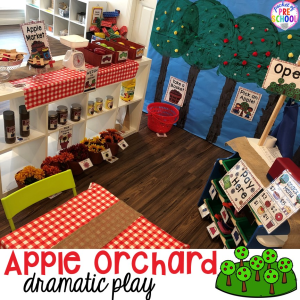
Provide the children with different tree parts, such as branches, leaves, and roots, and have them use their imagination to create a tree or forest scene. This activity encourages children to think creatively and learn about the different parts of a tree.
Tree Snacks:
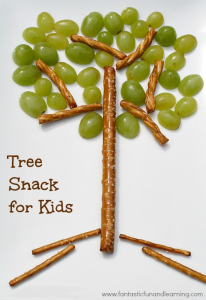
Create tree-themed snacks such as celery with peanut butter and raisins to represent leaves and fruit on a tree.
Tree Journals:
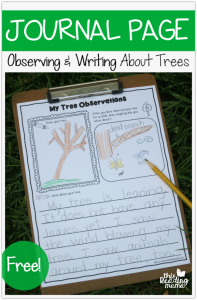
Have students keep a journal of their observations and experiences with trees throughout the year.
Tree Storytelling:
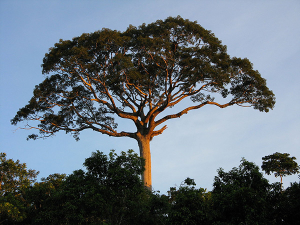
Read books about trees and nature to the children. After the story, discuss the different types of trees and their importance to the environment. You can also encourage the children to create their own tree story or draw pictures of their favorite trees.

